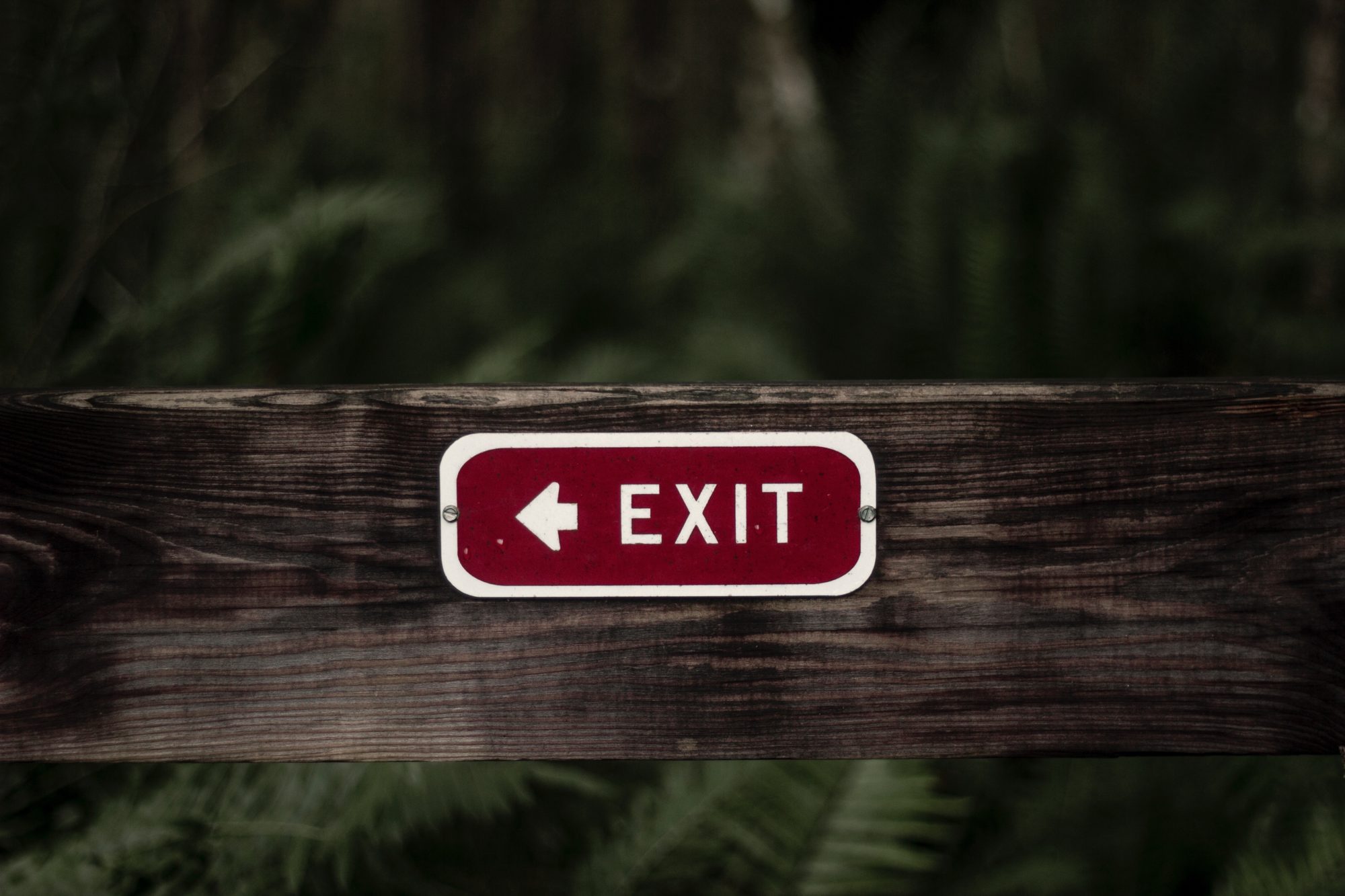When A High Bounce Rate Isn’t A Cause For Alarm
A quick crash course, in case you’re unfamiliar: the bounce rate tells us the simple story of how many users landed on a page and bailed vs. those that landed and decided to stick around and browse.
Hear us out.
Your users are visiting your site for a specific reason. Whether that’s to register for an event, download an E-Book, make a purchase, or request a service, they’re looking to you and your competitors for the best solution to their problem, issue, or query.
That’s why context is important. If you’re analyzing your site’s traffic and engagement and a high bounce rate is a concern, break it down on a page-by-page basis and look at the overall goals of each one.
For the purposes of our example, we’ll bundle all of the above instances of why users visit your site into a convenient Contact Us page, a staple of sites across just about every industry.
Let’s say you’ve got a minimalist contact page with a form, phone number, and email address. Looking at analytics for the past six months, you notice your contact page has a bounce rate hovering around 70%.
However, looking at your conversion data for the past six months, you also notice that most users chose a phone call to get in touch with you – this avenue accounts for over 75% of your goal completions.
Logic dictates that the majority of users will visit the Contact Us page, take note of the phone number, and bail to make a call at their convenience.
Thus, leading to a high bounce rate. But with the trade-off of a good conversion rate from a high volume of phone calls to your business.
When A High BR Is A Bad Thing
Let’s say you have a set of landing pages that are not designed for conversions, but rather to encourage them to click through to another page such as Contact Us.
If these pages are showing a high bounce rate – say over 50% of users – you might need to take a close, analytical look at them to determine what could be pushing users away. Such as:
- Headers & Copy: Ask yourself if the language and writing style you’re using do enough to encourage users to convert.
- Imagery: Look at the quality and relevance of any images you’re using on the page. Are they what you’d want to see, in your customers’ shoes?
- Page Formatting & Layout: Make sure the page is easy to read, with a good flow and easy navigation towards the next steps.
- Mobile-Friendliness: We’re in the mobile-first era now, so make sure your pages are easy to browse & functional on phones.
- Calls to Action: Are you using the right language to help users take that next step?
Crunching the Numbers
Understandably, it can be difficult to establish what a “good” bounce rate actually looks like. The fact is that it varies based on factors such as industry and type of website (e.g. E-Commerce vs. Education).
This article at ConversionXL sheds some more light on this question, breaking it down by website type, industry, channel, and device.
Here’s a slice, based on a breakdown by website type (Data courtesy of Customedialabs):
- E-Commerce and Retail: 20 – 45%
- B2B: 25 – 55%
- Lead Generation: 30 – 55%
- Non E-Commerce Content: 35 – 60%
- Landing Pages: 60 – 90%
- Dictionaries, Blogs, Portals: 65 – 90%
The next time you’re doing your due diligence in checking up on your site’s analytics and notice that your overall bounce rate is higher than you think it should be, break it down, analyze your key pages, and look at the bigger picture before you panic.
In the end, it’ll lead to better insights and a better online experience for your users.
If you’re interested in diving even deeper into the intricacies behind the bounce rate, we highly recommend giving the article we linked above from ConversionXL a full read. It’s a fantastic overview and includes some great visual breakdowns of this data.
Need help with your website metrics? Contact us for more information, we’d be happy to help.

